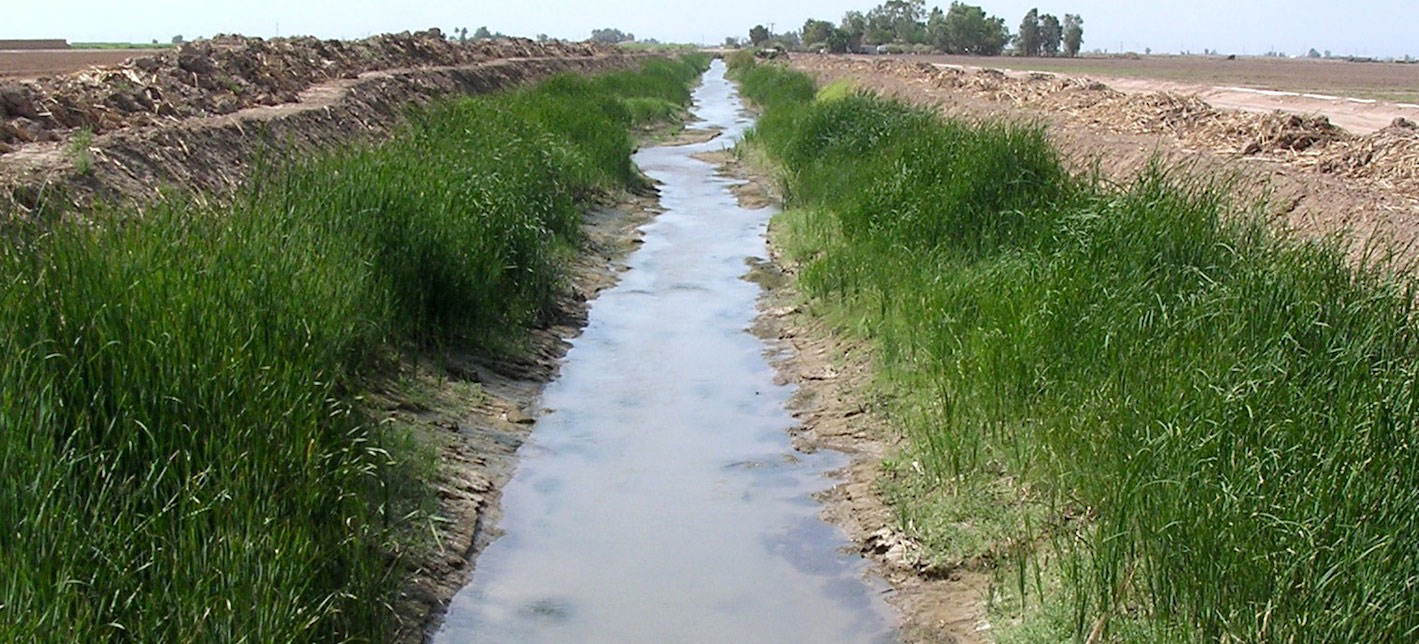In this Section:
Chapter 1 Chapter 2 Chapter 3 Chapter 4 Chapter 5 Group Activity 1 Group Presentations 1 Chapter 6 Chapter 7 Chapter 8 Chapter 9 Group Activity 2 Group Presentations 2 Chapter 10 Chapter 11 Chapter 12 Chapter 13 Chapter 14 Chapter 15 Group Activity 3 Group Presentations 3 Chapter 16 Chapter 17 Chapter 18 Chapter 19 Chapter 20 Chapter 21
Chapter 19
Hydrology in ecological models
Outline:
- Goals of and factors in ecological models
- Population dynamics models
- Historically-driven succession model
- Lotka-Volterra model
- Individual-based ecology models
- Gap models (JABOWA and its descendents)
- Spatially-explicit models (e.g. SORTIE)
Course Reader:
- Pages 274-278 of Begon, M., Harper, J. L., Townsend, C. R. 1996. Ecology, 3rd Edition. Blackwell Science.
- SORTIE- an individual-tree model of the forests of the northeastern United States- be sure to view animations of forest succession under different environmental and ecological regimes.
Advanced Reference:
- Glenn- Lewin, D. C., Peet, R. K., and Veblen, T. T. 1992. Plant Succession: theory and prediction. Chapman and Hall, New York, NY.
Related web links:
- Register of Ecological Models- database of a large number of models including information on where to get them and how they work.
- Ecosystem models
- The VEMAP Project- a large project with the goal of comparing the performance of 6 simluation models of ecosystem dynamics: BIOME2, BIOME-BGC, CENTURY, DOLY, MAPPS, and TEM. The models are run under different climate change scenarios (from 3 global circulation models). The VEMAP web site has links to all of the simulation models respective home websites and also offers the input data, personnel, and some references.
- Oak Ridge National Laboratory SERDP ecological modeling research
- Ecological simulation testbed
Video Podcast: Ecological Models
This 44-minute presentation introduces several different approaches for modeling the abundance of populations moving from a pure biotic focus to one that also addresses abiotic factors.
Note that this video podcast was done at dusk, so the background transitions to darkness creating a "Blair Witch Project" effect.
- 640 x 480 (480p) format that balances speed and quality. (664 MB file)
- 1920 x 1280 (HD) format that provides larges size and best quality. (XXX GB file)
In this Section:
Chapter 1 Chapter 2 Chapter 3 Chapter 4 Chapter 5 Group Activity 1 Group Presentations 1 Chapter 6 Chapter 7 Chapter 8 Chapter 9 Group Activity 2 Group Presentations 2 Chapter 10 Chapter 11 Chapter 12 Chapter 13 Chapter 14 Chapter 15 Group Activity 3 Group Presentations 3 Chapter 16 Chapter 17 Chapter 18 Chapter 19 Chapter 20 Chapter 21


